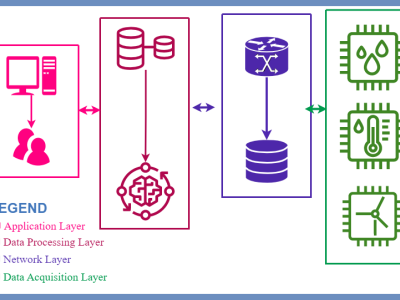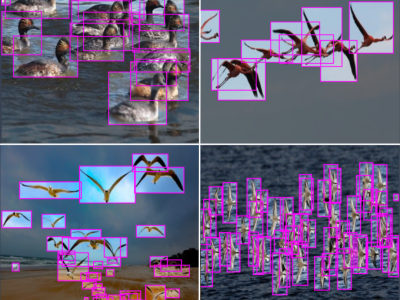
The historical dataset of the meteorological variables was recorded by the Mexican National Water Council (Comisión Nacional del Agua, CONAGUA) ground station located at the city of Mérida, Yucatán, Mexico; the following variables were found: temperature (T), vapor pressure (P), and relative humidity (H). The range dates of the records were from January 1, 2000 to September 30, 2018, where there is a daily record of temperatures with minimum, maximum, and average units, resulting in nine readings provided for each day.
- Categories:






